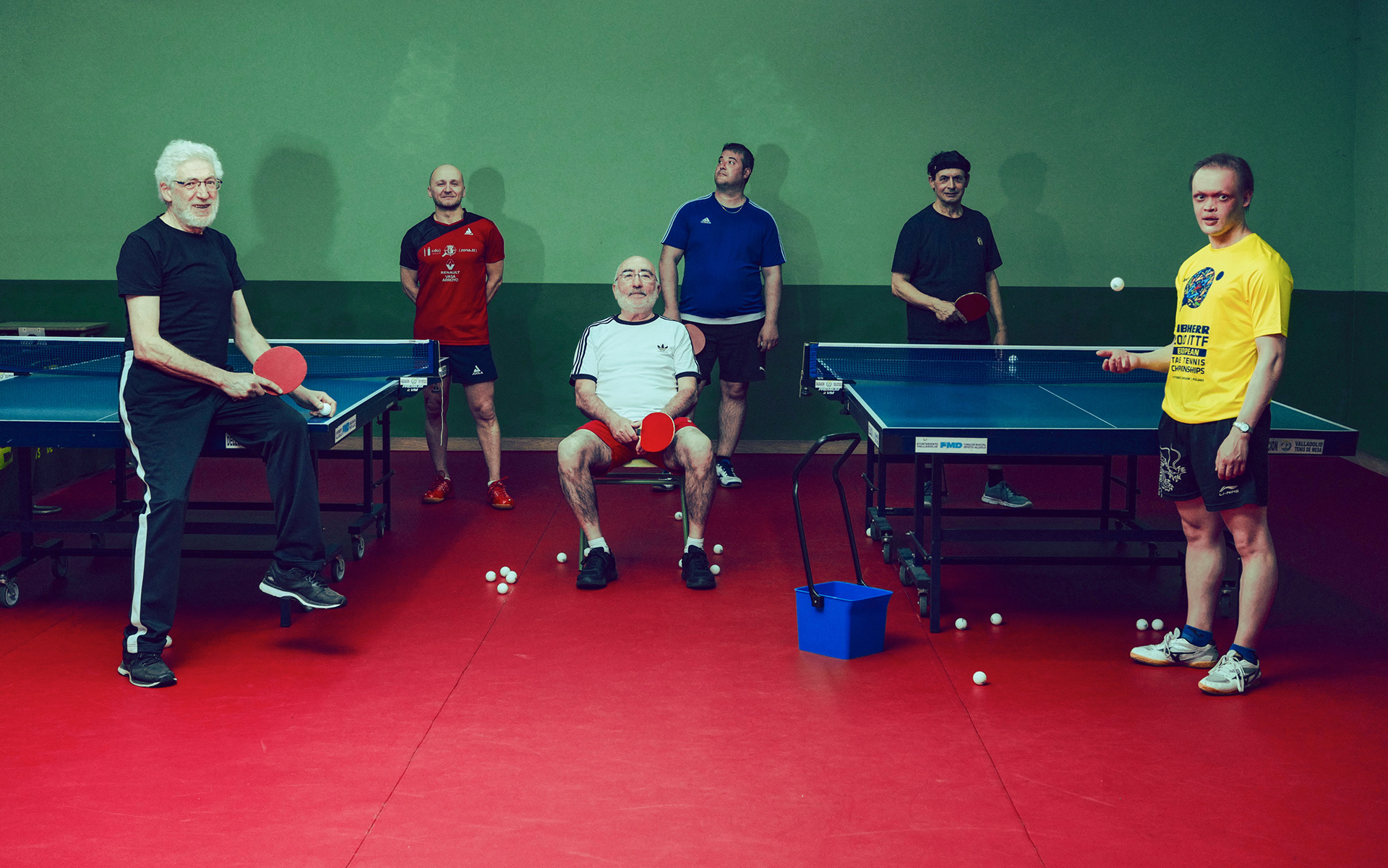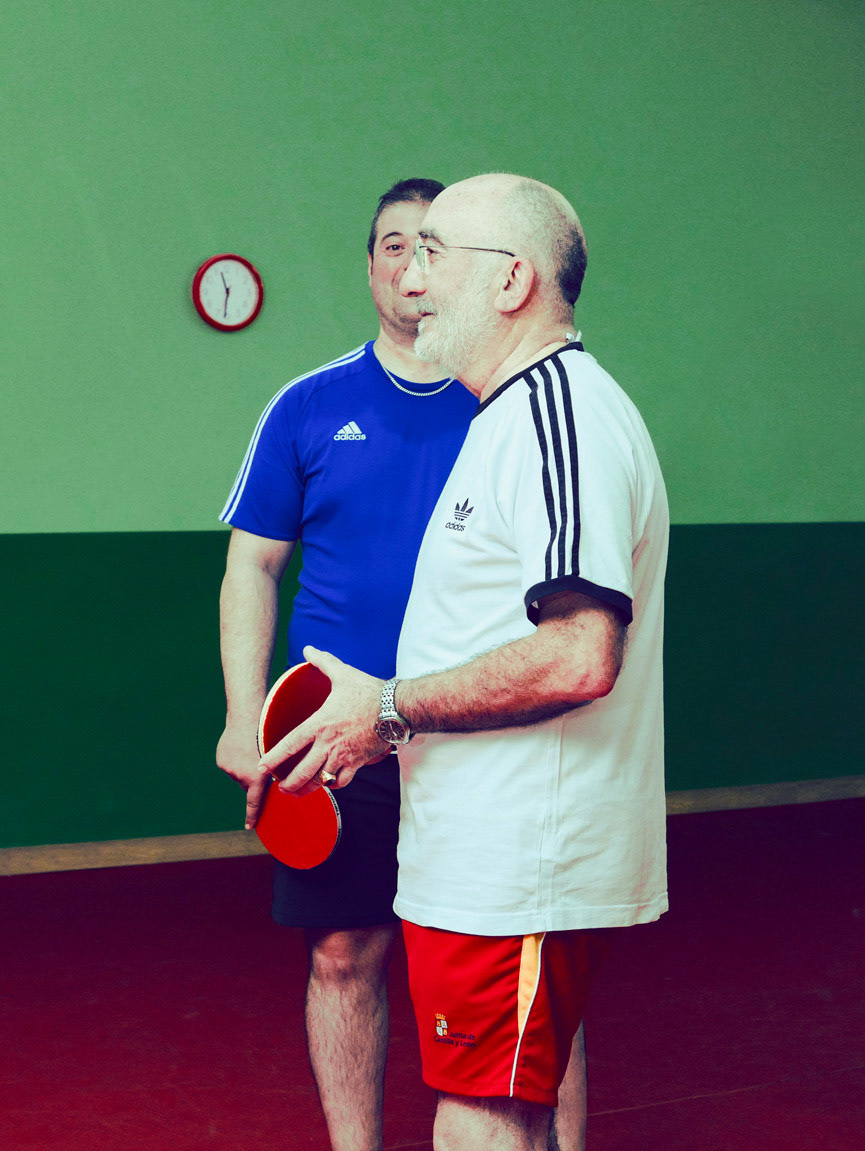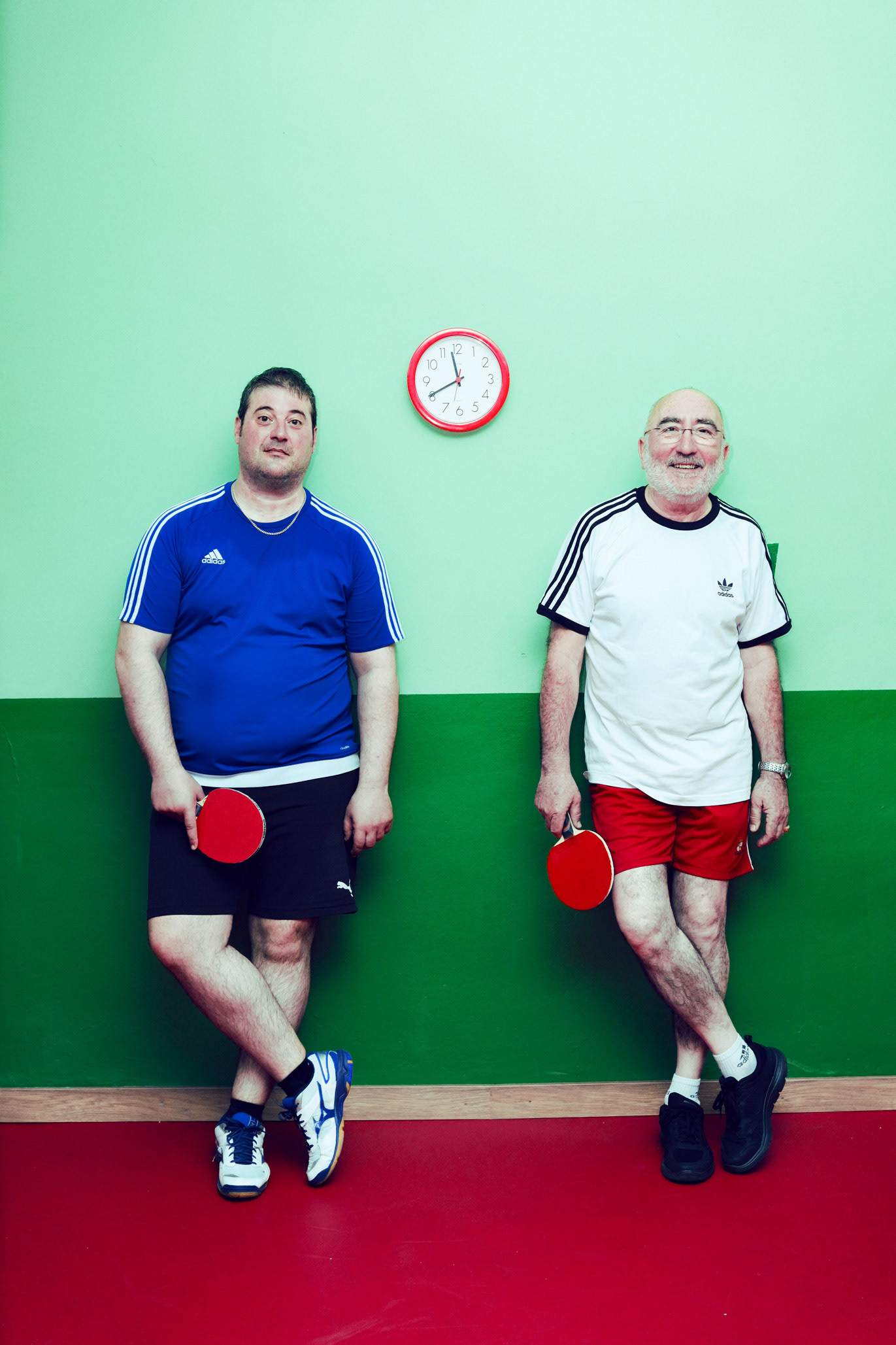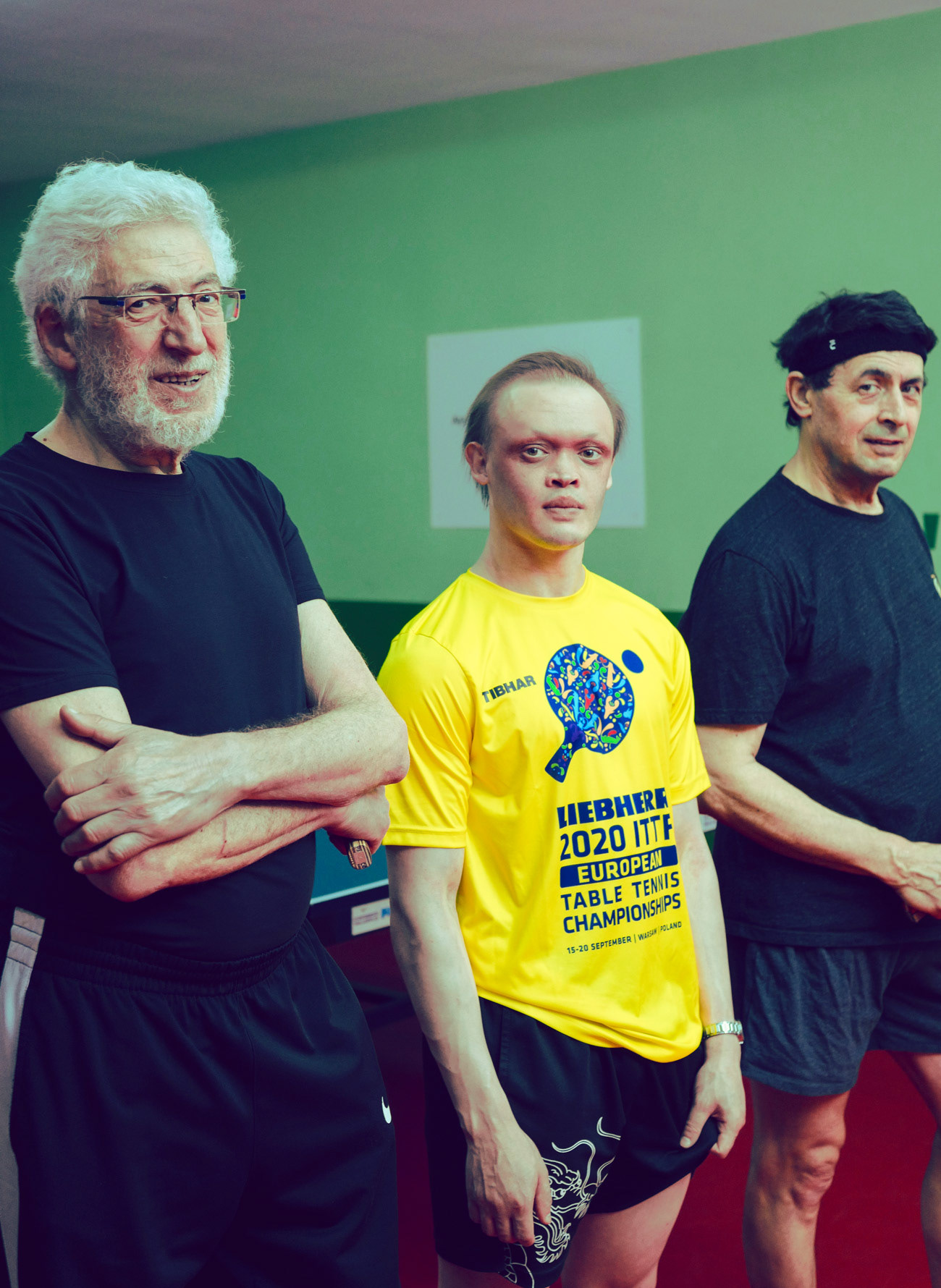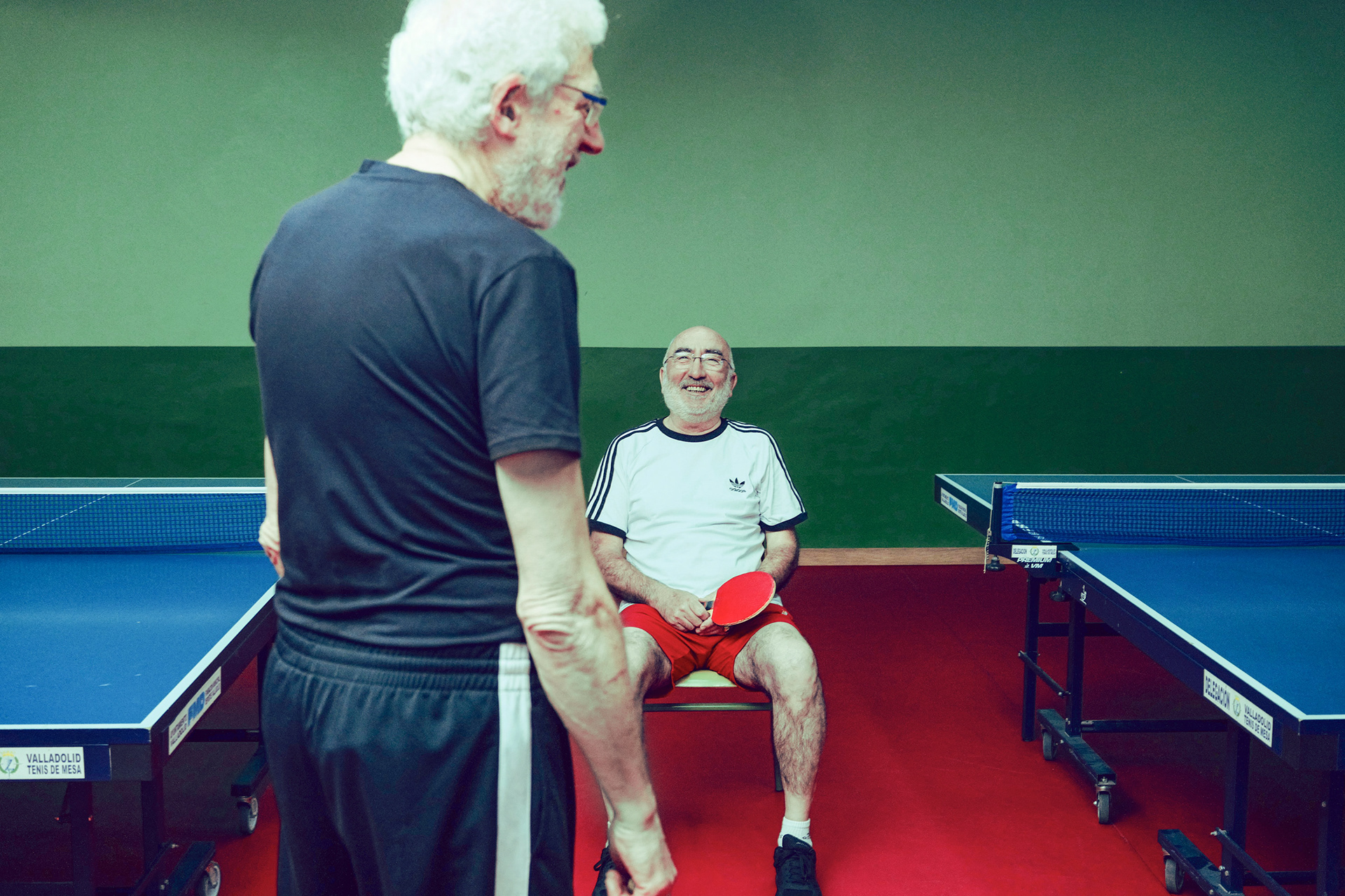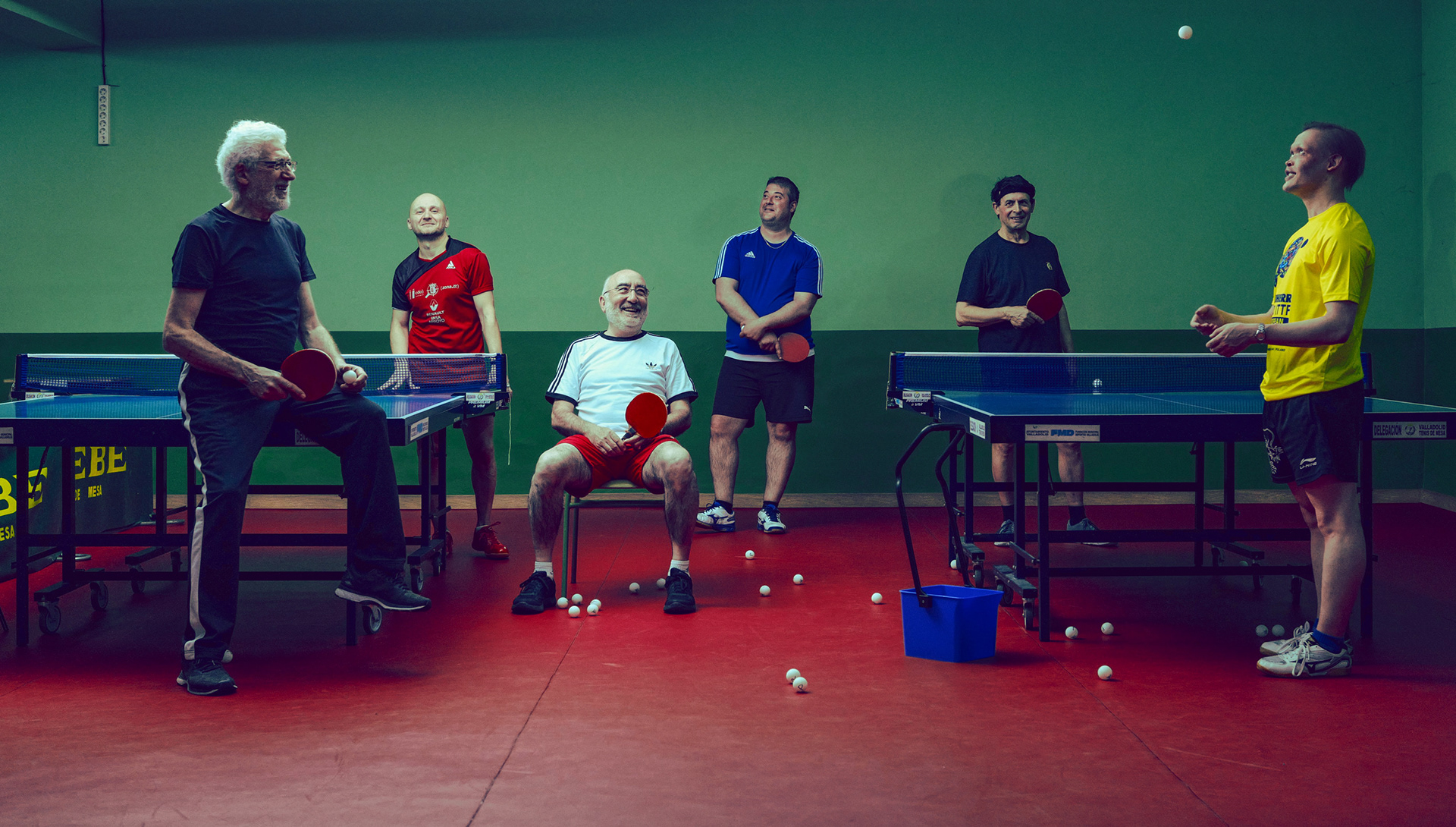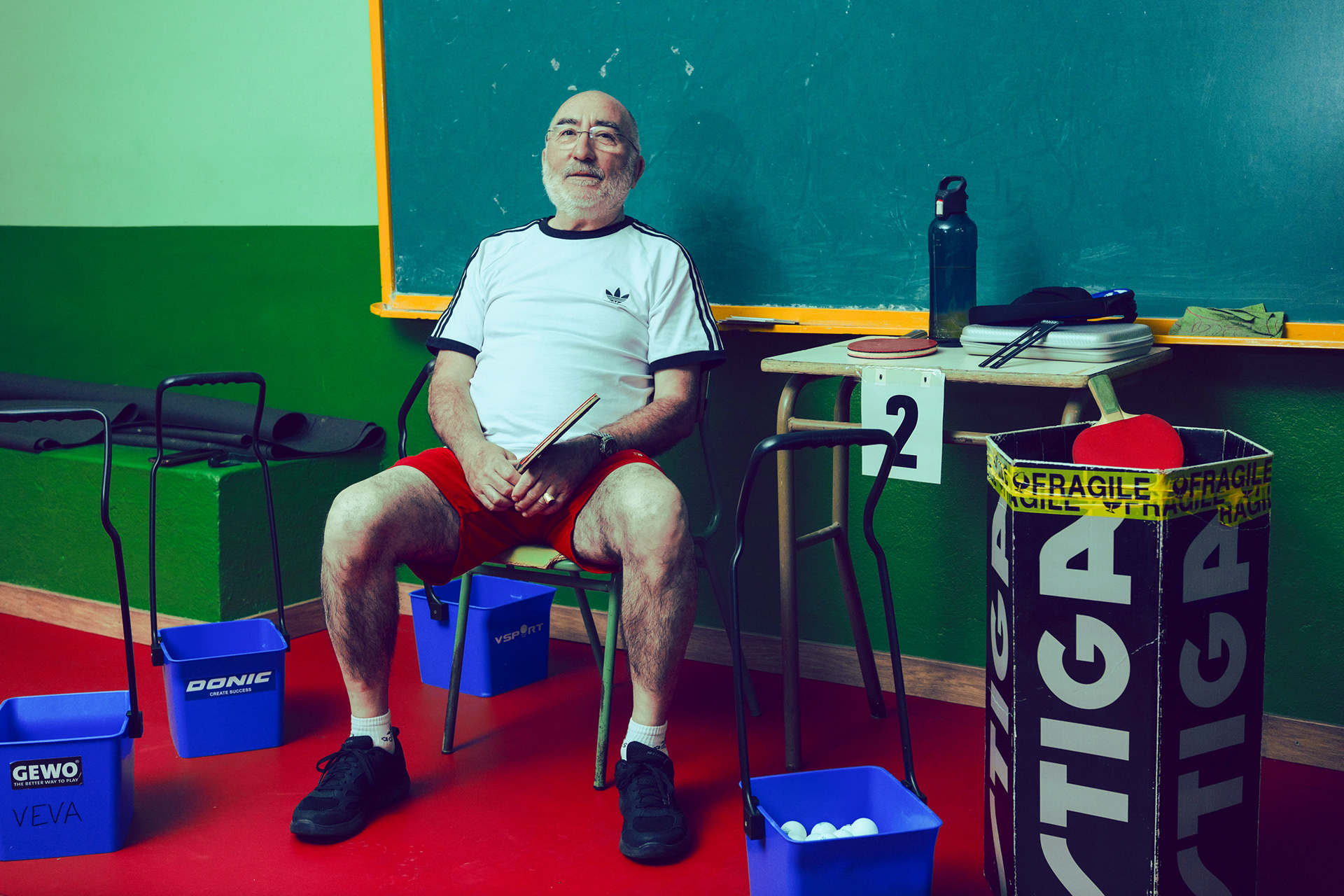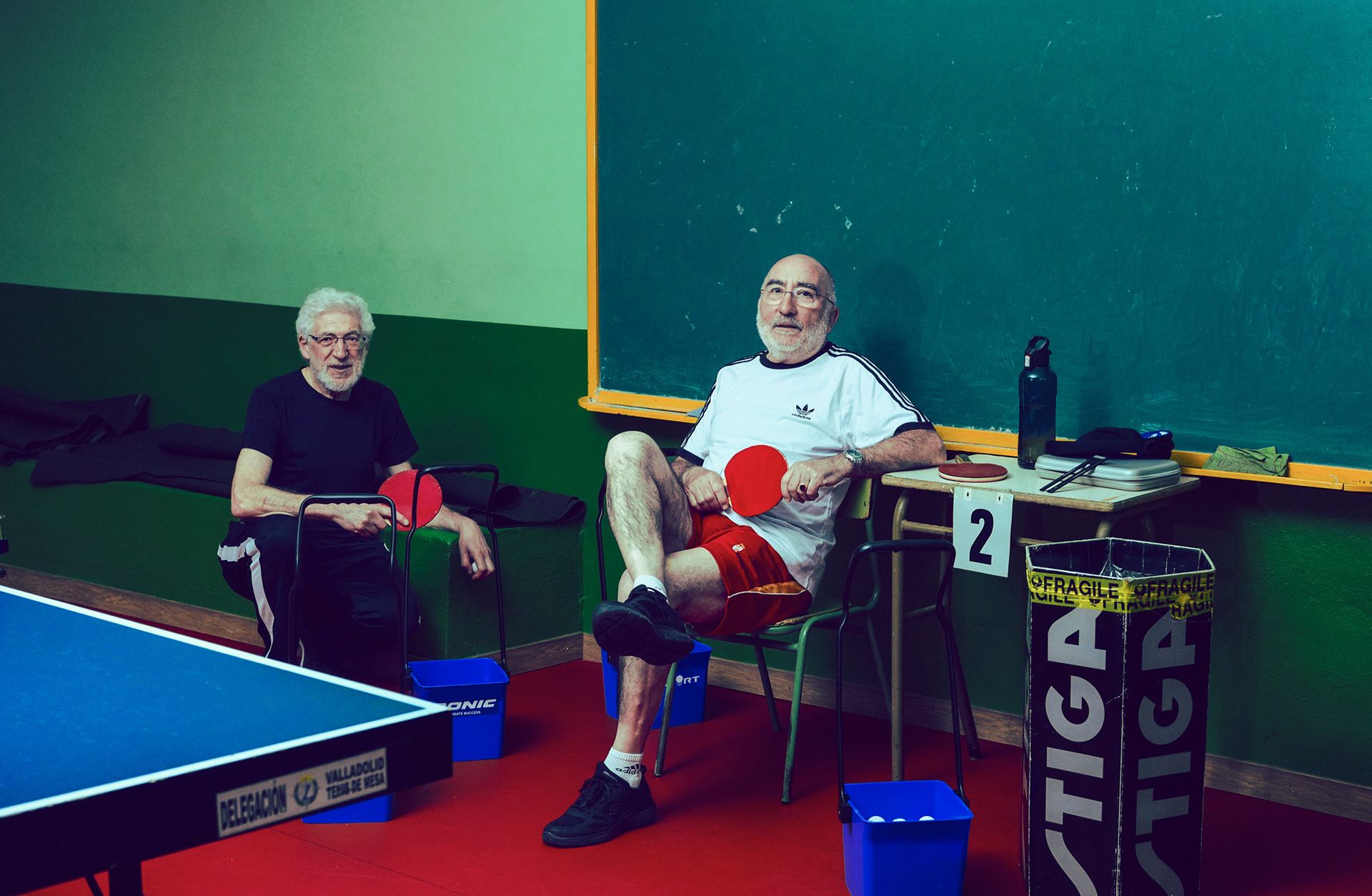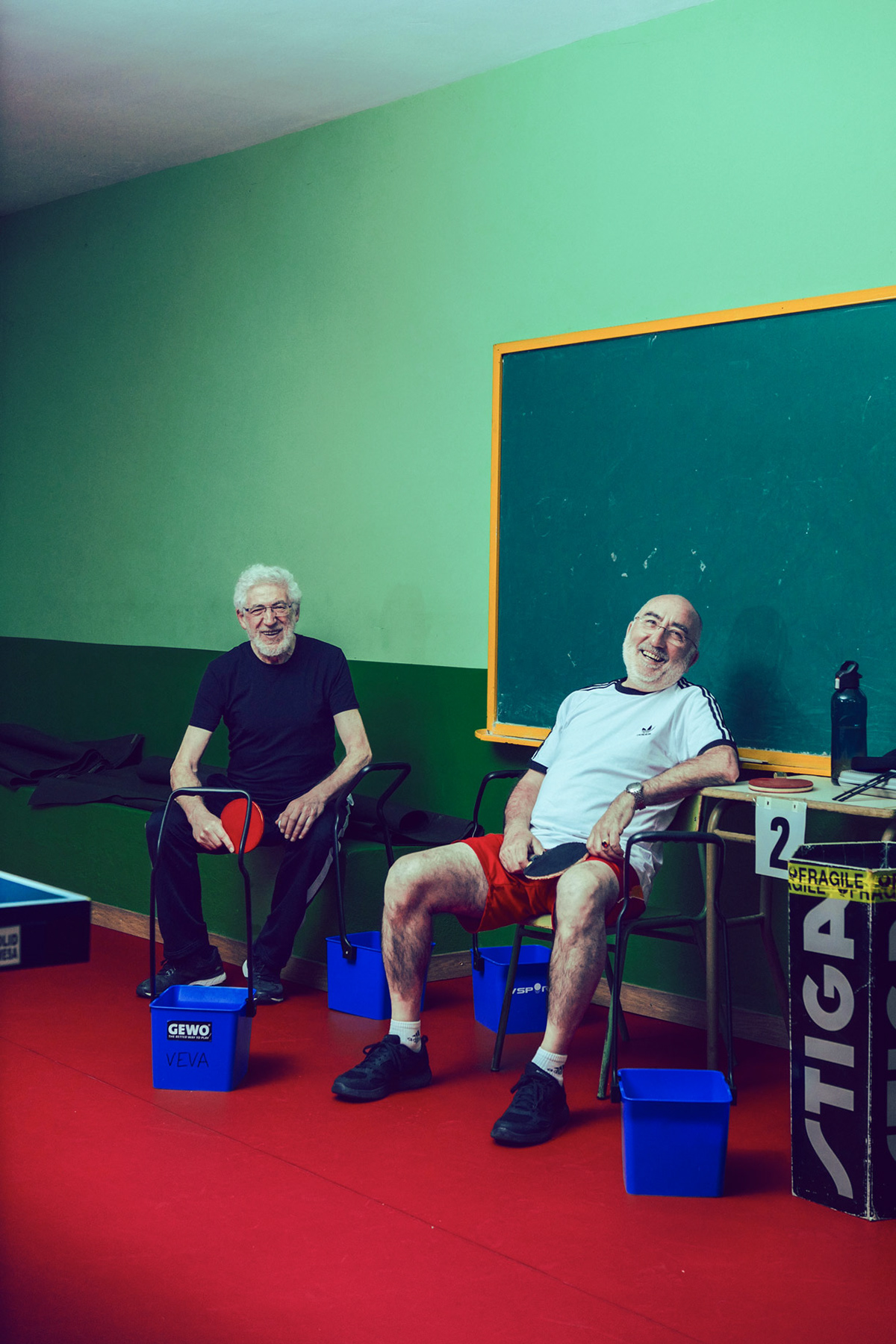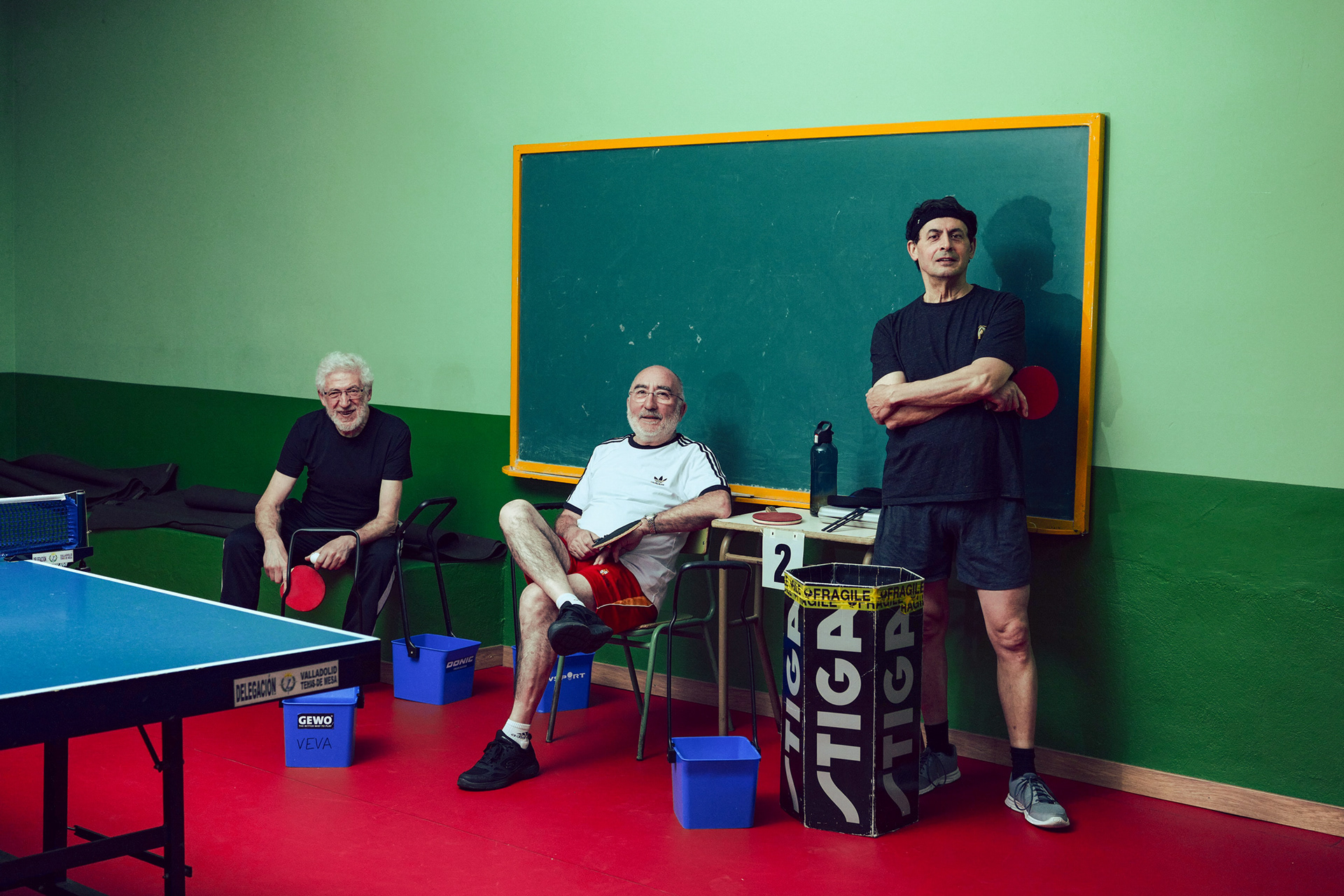This mini-series shines a spotlight on individuals seldom photographed in this light. It's astounding how countless authentic and beautiful moments go unnoticed. In the basement of Valladolid's La Huerta del Rey district community center, a group of men gathers every Sunday morning. Their camaraderie, joy, and companionship remain invisible. This series seeks to change that, capturing the vibrant essence of their lives and experiences. Through this lens, their hidden stories become visible, revealing the extraordinary within the ordinary.
Public community centers, known as "centros cívicos" or "casas de cultura" in Spanish, play a significant role in Spanish society. The concept of community centers in Spain traces back to the mid-20th century when the country was undergoing significant social, political, and economic changes. Spain's transition from a dictatorship to a democratic nation brought about a shift in societal values, placing a stronger emphasis on community engagement, education, and cultural enrichment.
The 1980s marked a pivotal period for community centers as Spain continued to modernize and embrace democratic principles. Local governments, in collaboration with civic organizations, began to invest in the development of community centers as focal points for community activities. These centers offered a diverse range of programs, including educational classes, cultural events, recreational activities, and social gatherings.
As Spain progressed further into the 21st century, community centers adapted to changing societal needs. They evolved into multifunctional spaces that catered to the interests of different generations and cultural backgrounds. The centers began to incorporate digital technology, offering computer classes and internet access to bridge the digital divide.
Community centers also played a significant role in the preservation and celebration of Spain's diverse regional cultures. They hosted traditional festivals, art exhibitions, and language workshops, contributing to the preservation of Spain's rich cultural heritage.
Today, community centers in Spain continue to thrive as hubs of engagement, education, and cultural exchange. The history of community centers in Spain reflects the nation's journey towards a more inclusive, participatory, and culturally vibrant society, showcasing the enduring importance of these spaces in the country's social fabric. I admire this society a lot and this series is my expression of this admiration. Through the stories of individuals like this group of men in the series and numerous others, the significance of these centers in Spanish society comes to life.
